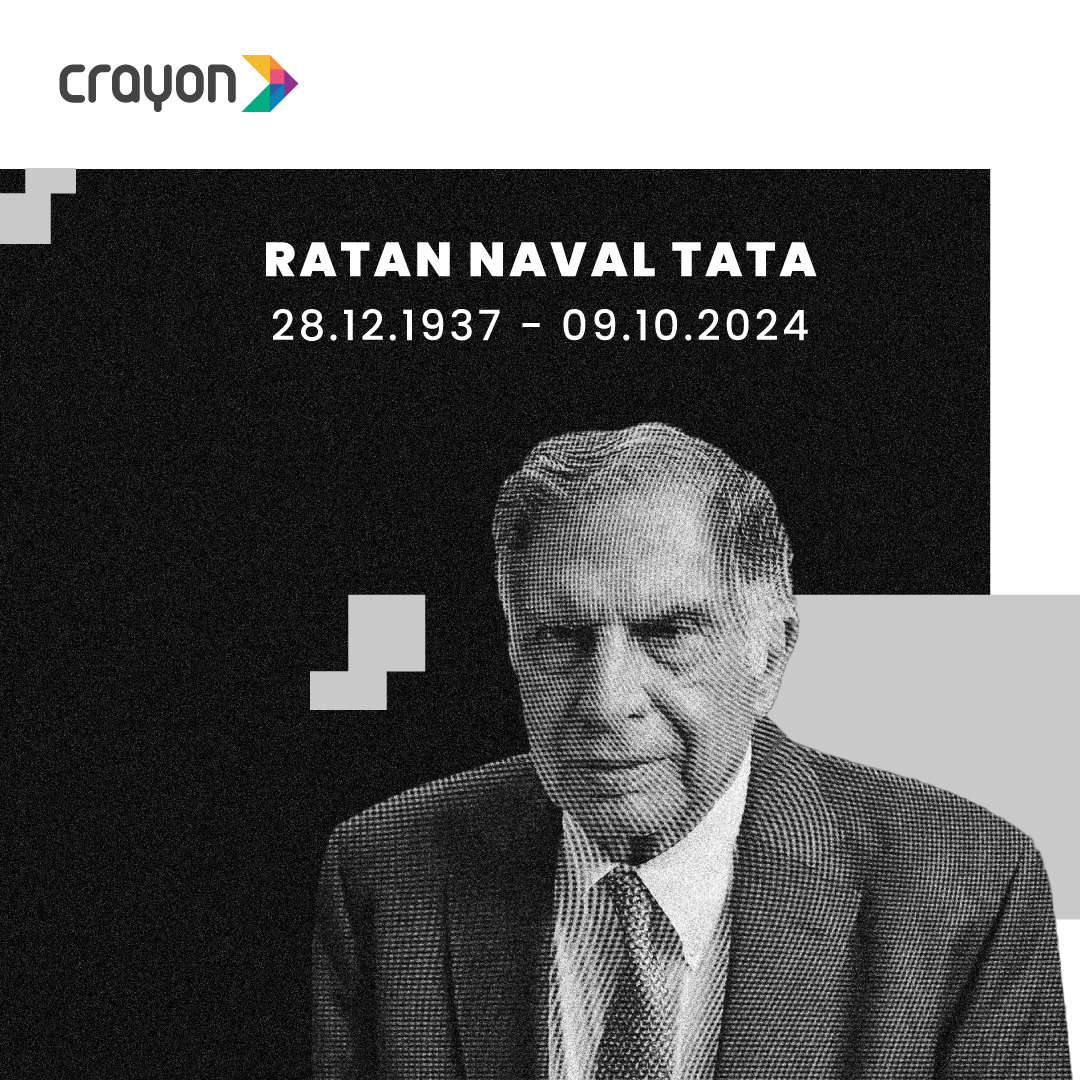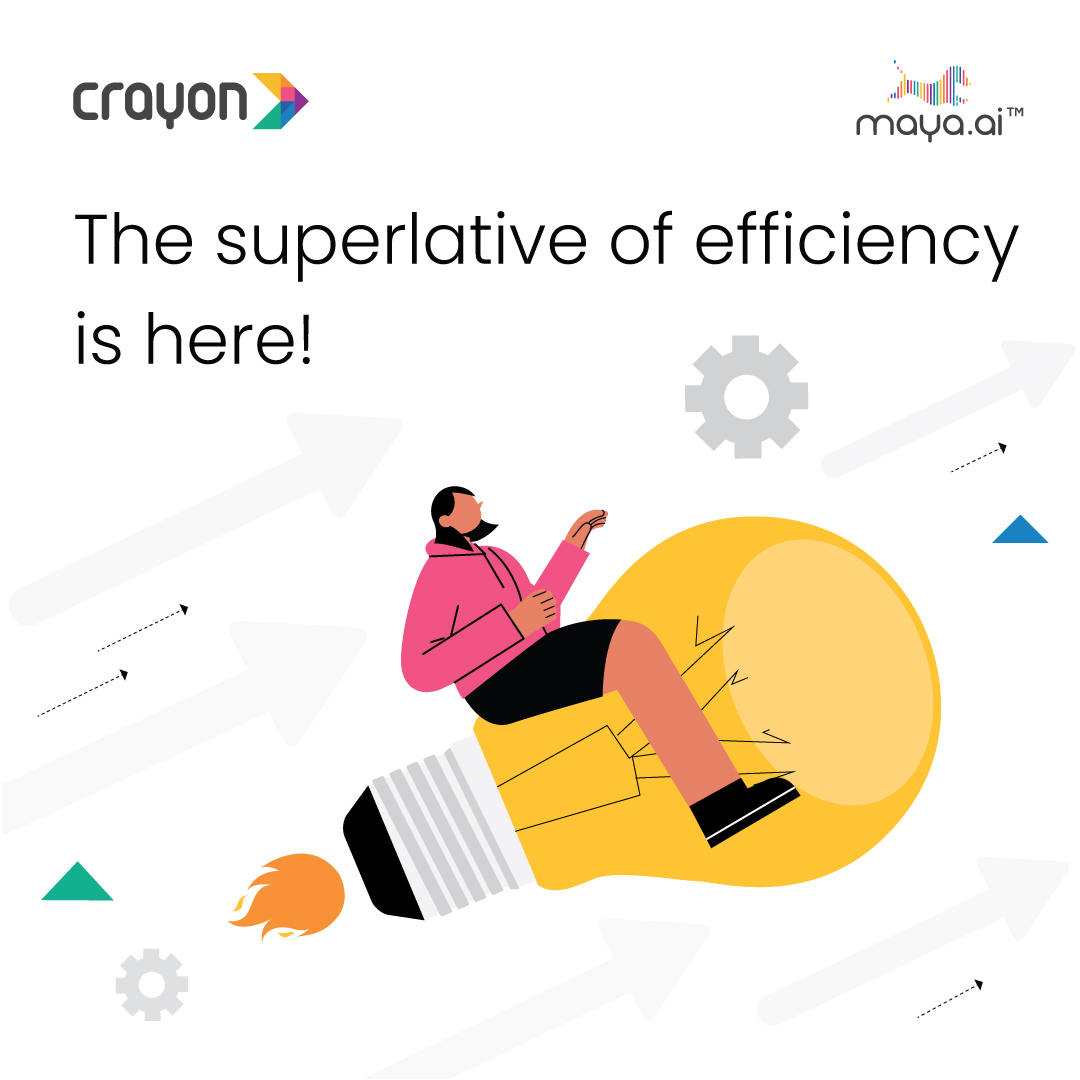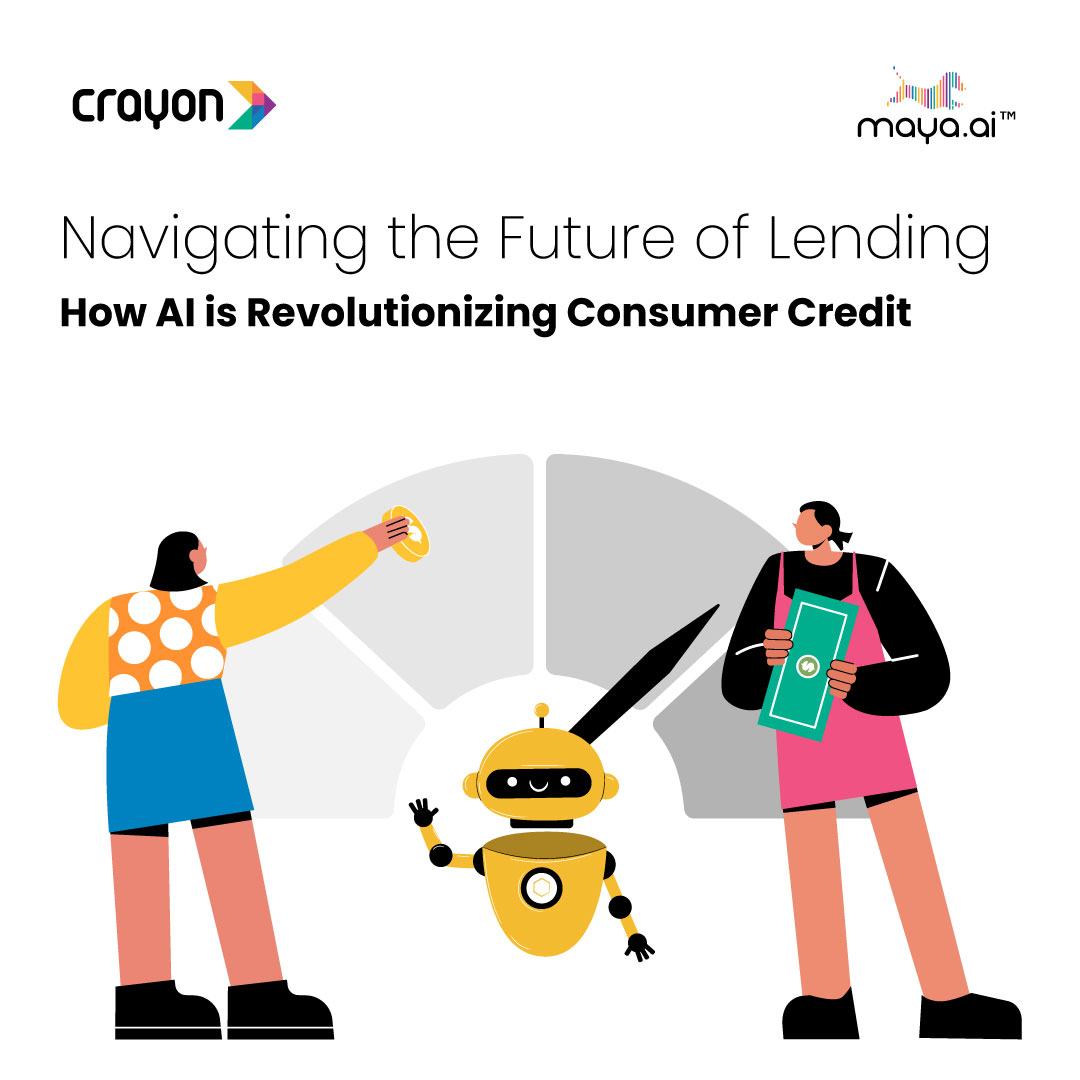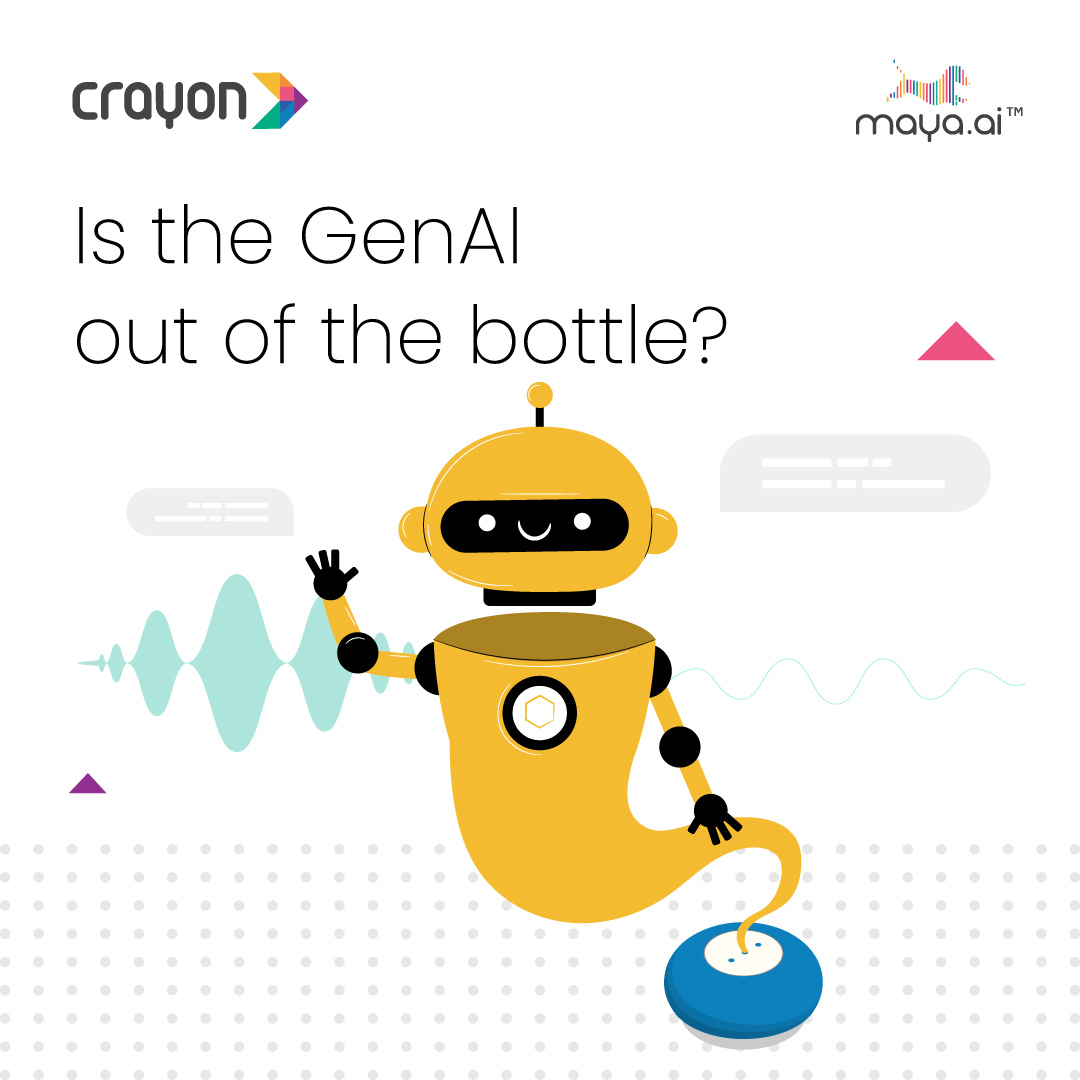Every now and then, something comes along that promises to reboot the debate on a hot button issue. A new algorithm developed at the Chinese University of Hong Kong looks set to do just that, pitting privacy advocates against technologists in a fresh fight over facial recognition technology.
Dubbed GaussianFace, the algorithm — developed by CUHK’s professor Sean Tang Xiaoou and student Chaochao Lu, both of the Department of Information Engineering — takes face recognition to the next level. When presented with the task of identifing matching faces from a set of over 13,000 web-sourced images, it not just matches but actually exceeds the ability of humans to correctly find matches.
The challenge, known as the Labeled Faces in the Wild benchmark, is a difficult one. The images include both genders and a wide variety of ages, races and ethnicities. Clothing and hairstyles vary, and so to do lighting and pose, making it tough to be certain whether any given image pair is a match. Humans, according to the paper, fail to correctly identify around 2.47% of the pairs they’re presented with, either calling a match when the subjects differ, or not managing to match two photos of the same individual. The GaussianFace algorithm, on the other hand, managed an extremely impressive 98.52% accuracy — that is, it missed only 1.48% of image pairs, almost 1% better than humans.




